The design of doors has transformed significantly over the centuries, evolving from mere functional barriers to intricate pieces of art that enhance the aesthetic appeal of structures. This article explores the journey of door design, highlighting the interplay between functionality and aesthetics throughout history.
Historical Perspective on Door Design
The history of door design is as old as civilization itself. Early doors were simple wooden planks, intended primarily for security and privacy. In ancient Egypt, doors were made of wood and adorned with carvings, reflecting the cultural values of the time. The Romans further refined door design, introducing features like hinges and locks, making them more secure and functional.

In medieval times, doors became thicker and sturdier, built to withstand invasions. Iron reinforcement became popular, and doors featured intricate designs that conveyed the status of the homeowner. As architectural styles evolved, so did the doors, with the Renaissance period introducing more ornate and decorative designs, often incorporating glass to allow light while still providing privacy.
The Industrial Revolution and Mass Production
The Industrial Revolution marked a turning point in door design and production. With advancements in technology, doors could be mass-produced, making them more accessible to the average person. This era saw the introduction of new materials, such as steel and fiberglass, which not only improved durability but also allowed for innovative designs.
Manufacturers began to experiment with styles and finishes, leading to a wider variety of doors available to consumers. The Victorian era, in particular, embraced elaborate designs, featuring stained glass, intricate moldings, and decorative hardware. These innovations emphasized the importance of aesthetic appeal, blending functionality with beauty.
Modern Door Design Trends
Today, door design encompasses a diverse range of styles, materials, and technologies. Minimalism has emerged as a popular trend, with clean lines and simple designs dominating contemporary architecture. Modern doors often utilize materials like aluminum and glass, providing a sleek look while maximizing natural light.
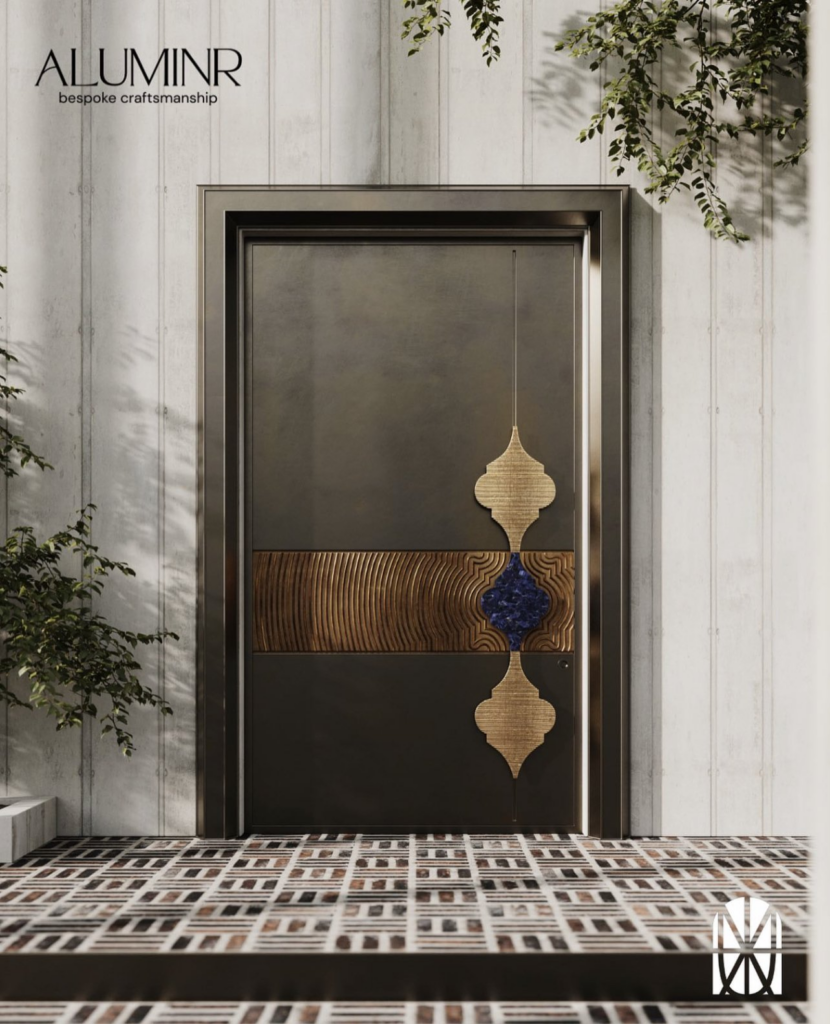
Another notable trend is the emphasis on energy efficiency. Insulated doors are now common, helping to regulate temperature and reduce energy costs. Smart technology has also made its way into door design, with features like keyless entry systems and smart locks enhancing security and convenience.
Types of Doors: Function Meets Design
Different types of doors serve various functions, each with its own design considerations. Entry doors are often the focal point of a home, combining security with style. These doors can be made from solid wood, fiberglass, or steel, and may feature decorative glass panels or unique hardware.
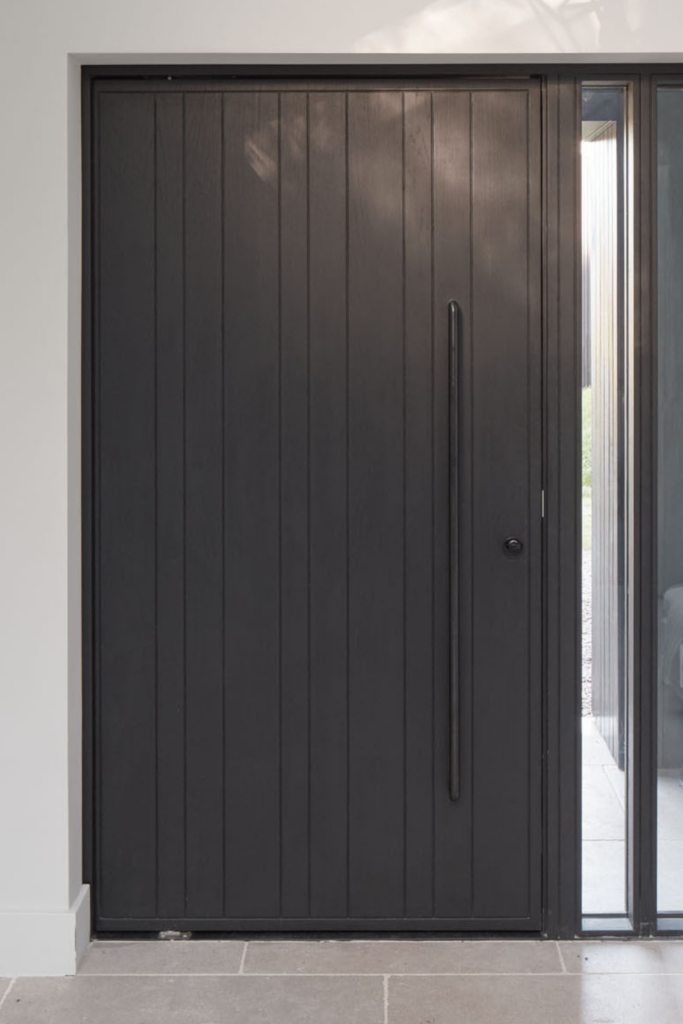
Interior doors, on the other hand, focus more on aesthetics and privacy. Styles range from traditional panel doors to modern barn doors, which have gained popularity in recent years. These doors often feature unique finishes and colors, allowing homeowners to express their personal style.
Sliding doors are another popular choice, especially in contemporary designs. They save space and can open up rooms to outdoor areas, providing a seamless transition between indoor and outdoor living. Bi-fold doors, which fold away to create wide openings, are also becoming increasingly popular in modern homes.
Architectural Influence on Door Design
Architectural styles significantly impact door design. For instance, traditional colonial homes often feature symmetrical designs with classic wooden doors adorned with paneling and transom windows. In contrast, modern homes may showcase doors with bold colors and unconventional materials, reflecting a more avant-garde approach.
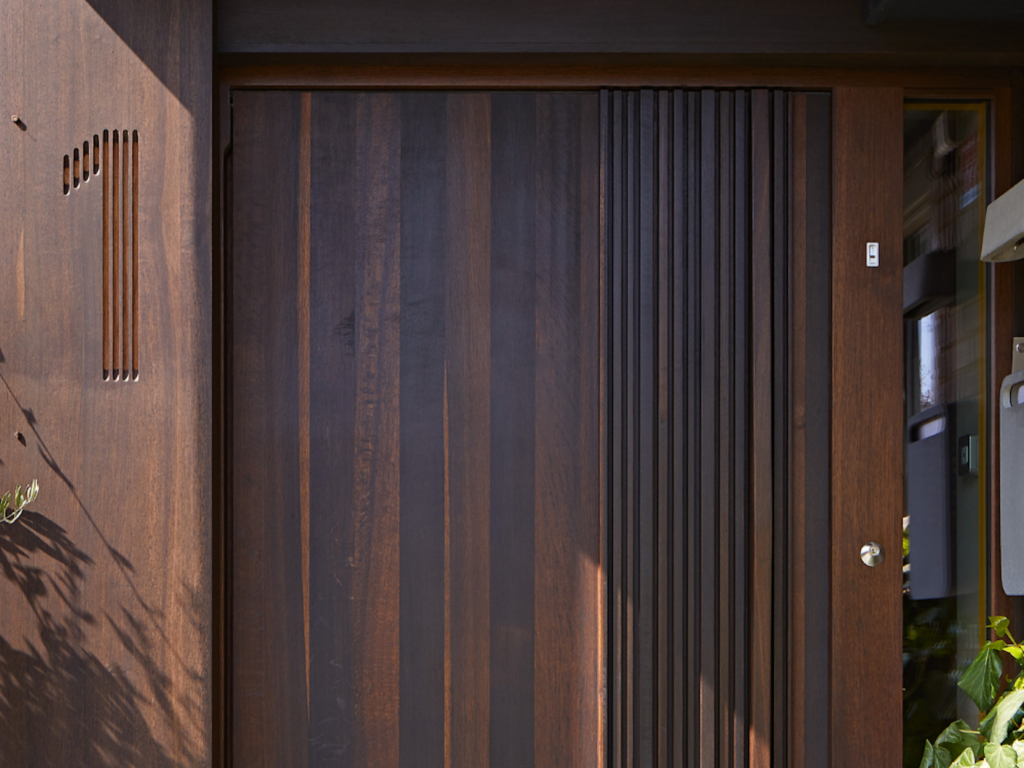
The influence of cultural and regional styles is also evident in door design. Mediterranean-style homes often have arched entrances with wrought iron details, while Asian-inspired designs may incorporate sliding screens and bamboo materials. These elements not only enhance the aesthetic appeal but also connect the structure to its geographical and cultural context.
The Role of Sustainability in Door Design
In recent years, sustainability has become a crucial consideration in door design. Homeowners are increasingly seeking eco-friendly materials and manufacturing processes. Doors made from reclaimed wood or sustainably sourced materials are gaining popularity, reducing environmental impact while adding unique character to homes.
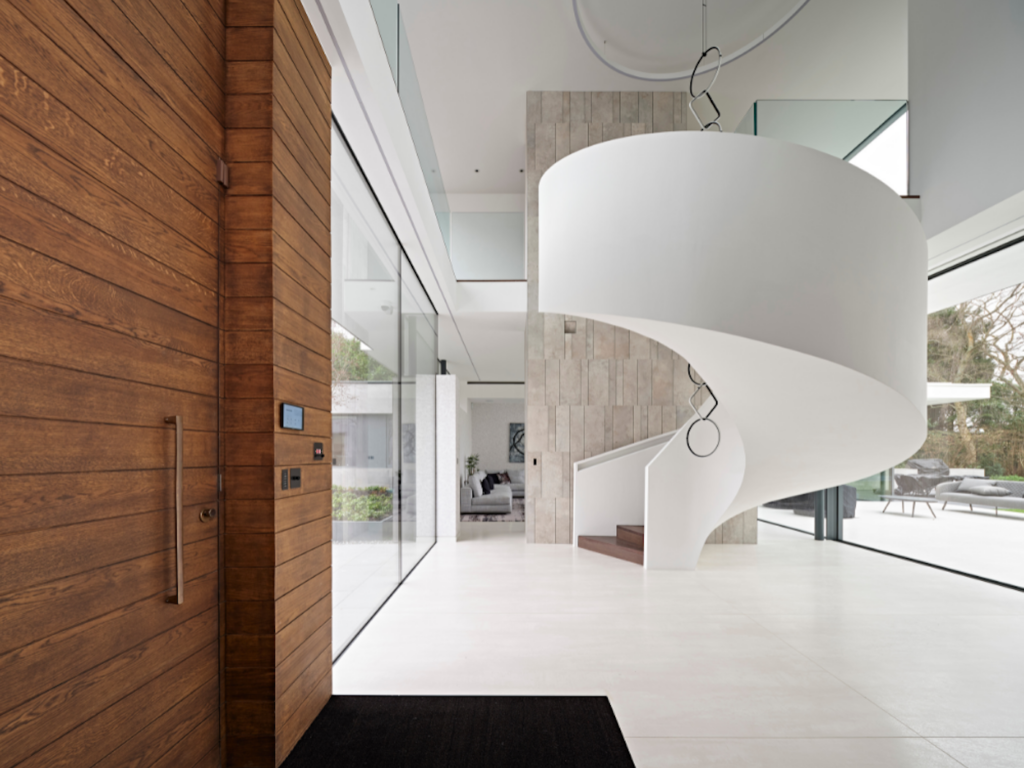
Energy-efficient doors, designed to minimize heat loss and improve insulation, are also in demand. Many manufacturers now offer doors with certifications that indicate their energy performance, helping consumers make informed choices. This shift toward sustainability reflects a broader trend in the construction industry, where environmental considerations are becoming a top priority.
Customization: Personalizing Door Design
One of the most exciting developments in door design is the trend towards customization. Homeowners now have the option to design their doors according to their specific preferences, choosing materials, colors, and styles that reflect their personality and enhance their home’s overall aesthetic.
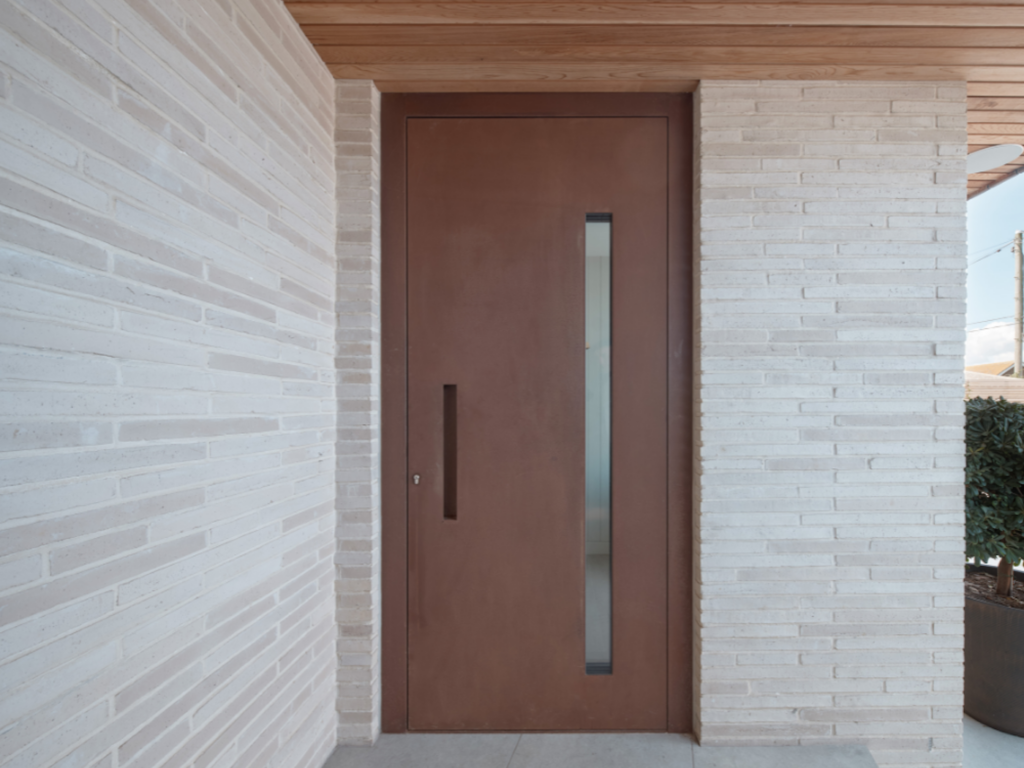
Many companies offer customizable features, such as decorative glass inserts, unique hardware, and even personalized engravings. This level of personalization allows individuals to create a door that not only serves its functional purpose but also acts as a statement piece for their home.
The Impact of Technology on Door Design
Technology continues to play a significant role in shaping door design. From manufacturing techniques to smart home integrations, advancements are revolutionizing the industry. Automated doors, which open and close with the push of a button, are becoming more common, particularly in commercial properties.
Moreover, smart locks and security systems are now integrated into many door designs. Homeowners can control access to their homes remotely, enhancing security and convenience. This fusion of technology and design not only improves functionality but also appeals to the modern consumer’s desire for innovation and ease of use.
Conclusion
The evolution of door design reflects a rich tapestry of history, culture, and technology. From simple wooden barriers to complex, artistic expressions, doors have transitioned from functionality to aesthetic appeal. As we move forward, the interplay of sustainability, customization, and technology will continue to shape the future of door design, ensuring that they remain both practical and beautiful elements of our built environments.
FAQs
1. What materials are commonly used in modern door design?
Modern doors are often made from a variety of materials, including wood, fiberglass, steel, aluminum, and glass. Each material offers unique benefits such as durability, insulation, and aesthetic appeal.
2. How can I choose the right door style for my home?
Choosing the right door style involves considering the overall architecture of your home, your personal style, and the function of the door. It’s important to ensure that the door complements the existing design elements while also meeting your practical needs.
3. Are energy-efficient doors worth the investment?
Yes, energy-efficient doors can reduce heating and cooling costs, making them a worthwhile investment. They can improve your home’s insulation and overall energy performance, resulting in long-term savings.
4. Can I customize my door design?
Absolutely! Many manufacturers offer customization options, allowing you to choose materials, colors, styles, and additional features to create a door that fits your unique preferences and enhances your home’s aesthetic.
5. What are the latest trends in door design?
Current trends in door design include minimalism, sustainability, and smart technology integration. Many homeowners are also opting for unique materials and customizable features that allow for personal expression in their home design.